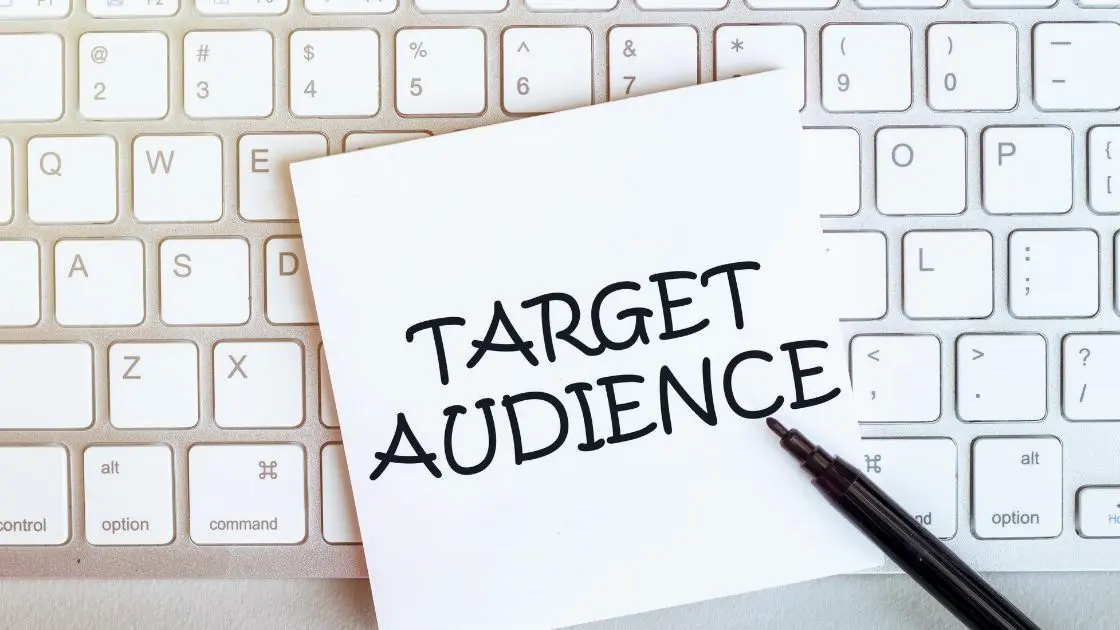G’day folks! Alex here from Meta Trends. I’m back to chat about another crucial aspect of crafting epic content marketing campaigns – figuring out your target audience.
Defining audiences is about as interesting as watching paint dry. But stick with me! Getting to know your ideal customers is the key to creating content that truly resonates with their wants, needs, and interests. Do it right, and you’ll have them lining up to buy whatever you’re selling.
So brew a fresh pot of coffee, put on your thinking cap, and dive into the riveting world of target audience analysis, shall we?
Why Target Audience Matters in Content Marketing
Let me explain why nailing down your target audience is essential for successful content marketing.
In a nutshell, your target audience is the specific group of people you create content for – your ideal customers. They’re likely to read or watch what you put out there and find it helpful and relevant enough to whip out their wallets.
Without a clear picture of exactly who your content should target, you risk creating generic “one-size-fits-none” content that fails to connect. And that, my friends, is no good at all.
Content marketing is like storytelling. You need an understanding of your key characters – what excites them, bores them to tears, and keeps them up at night – to spin a yarn they simply can’t resist.
Compare this to old-school advertising, which essentially yells a generic sales pitch to the masses without considering individual needs and interests. Content marketing takes a more personalised approach.

And in 2023 especially, personalisation is everything. Consumers have come to expect tailor-made solutions catered to their unique preferences. If you miss that crucial element, they’ll quickly lose interest in your brand.
Defining Your Target Audience Step-By-Step
Now that I’ve sold you why target audience definition matters, let’s dig into the how. I’ll walk you through getting to know your ideal customers inside and out.
Step 1: Get Clear on the Concept
We need to start with some Content Marketing 101 – defining a “target audience”. Here’s my definition:
A target audience refers to a specific, well-defined segment of consumers with common attributes such as demographics, behaviours, interests, pain points and values. They stand to gain weight from your company’s offering.
So, no generic “people interested in our product” nonsense exists. You need to be ultra-specific here to create content that hits the mark.
Your target audience will be a subset of your broader target market – i.e. all consumers who may be interested in what you sell.
For example, a precious jewellery brand’s target market includes all women aged 20-60 with middle to high disposable incomes. Their target audience gets more granular – perhaps professional women aged 30-45 living in urban areas who value self-expression through fashion.
See the difference? Laser focus is critical.
Step 2: Analyze Your Existing Customers
The best place to start is with data about who buys from you. Your current clientele offers valuable clues into who else you should be targeting.
Look at metrics like:
- Demographics such as age, location, gender, income level
- Psychographics – interests, values, personality traits, beliefs
- What brought them to you? Referral links, social posts, search queries?
- What content pieces or campaigns achieved the highest engagement rates?
- What motivated a purchase decision? Need to solve a problem? Desire to express individuality? What is the feel-good factor of supporting a social cause you champion?

Any CRM, marketing automation platform, or analytics software worth its salt makes accessing this data accessible. We’re looking for trends here – what similarities bubble to the surface? Use these to inform your target audience profile moving ahead.
And don’t hesitate to run quick surveys, scroll social media feeds or even hop on a Zoom call with customers to take your insights to the next level.
Step 3: Develop Detailed Buyer Personas
Here comes my absolute favourite part – it combines all my web dev and creative writing passions!
Using your research findings from Step 2, start piecing together what I call “buyer personas”. Detailed profiles of fictional characters perfectly represent your ideal target audience segments.
You’ll want to include specifics like:
- Demographic details – name, age, location, job title, salary range
- Family/living situation
- Challenges and pain points
- A typical day in their life
- Goals and aspirations
- What motivates them
- Buying preferences and patterns
- Relevant buzzwords and jargon they use
- Content consumption habits
Sprinkle in some images, quotes, or hobbies to bring your personas to life!
These living, breathing profiles make crafting content that powerfully connects with your audience’s identities, interests, problems and desires infinitely easier.
You can develop multiple personas to cover every meaningful audience segment worth targeting. Just keep them detailed! Vague personas = vague content.

Step 4: Validate Your Personas
As with most things in the dizzying digital landscape, you’ve got to stay nimble as consumer preferences evolve. What allures your audience today may bore them to tears tomorrow.
Build in ongoing refinement of your buyer personas into your content marketing process. Pay attention to shifts in:
- Demographic makeup
- Language patterns – new terminology catching on?
- Buzzing topics and trends sparking interest
- Frustrations and problems cropping up.
Spotting these clues will allow you to fine-tune your personas to keep that high personalisation factor intact.
You want to become an expert in all things your audience – and let that intel bubble through organically into the content you create for them.
Wrap Up
And just like that, you’re armed and ready to start pumping out magnetically relevant content with a clear target audience locked down!
Quick recap:
- Laser focus your target audience definition
- Analyse existing customer data
- Build detailed buyer personas
- Continuously update as preferences shift
Stick with that framework, and I guarantee your content marketing will retain that crunchy personalisation factor consumers crave.
What questions do you have about mapping out your audience? What challenges have you faced? Hit me up in the comments! I love geeking out on this stuff with the MM community.
